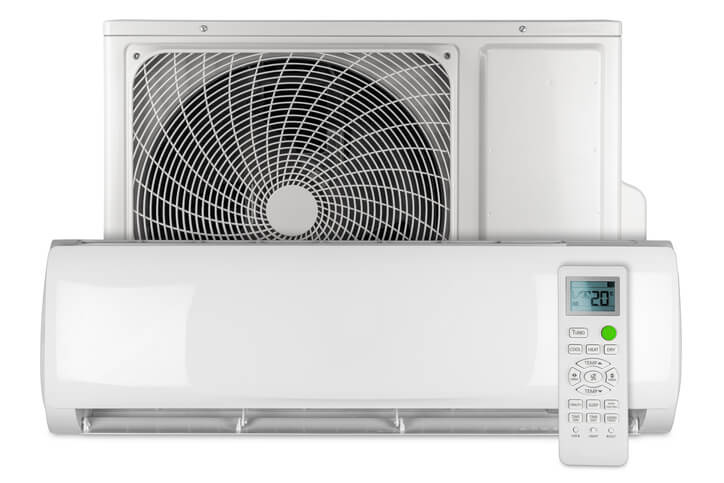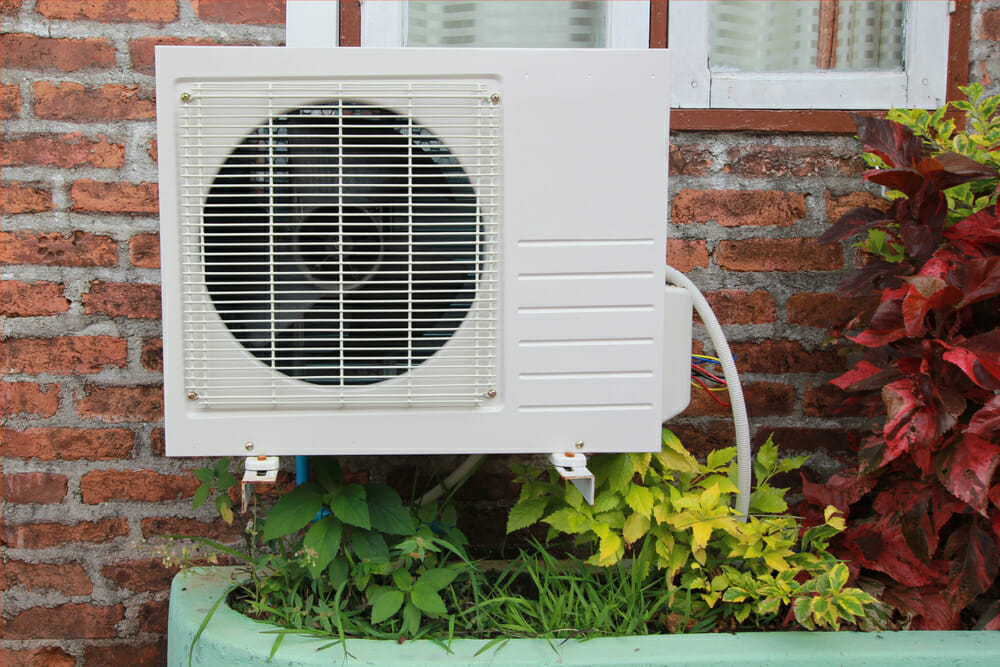Understanding HSPF Ratings for Heat Pumps: What You Need to Know
When evaluating heat pumps for your home, understanding efficiency ratings is essential for choosing the right system. Homeowners frequently encounter terms like SEER and HSPF, which measure different aspects of a heat pump’s performance. In this blog, we’ll break down what HSPF ratings mean, how they compare to SEER ratings, and how these ratings influence the overall heat pump efficiency of your system.

What Is HSPF?
Heating Seasonal Performance Factor (HSPF) measures the heating efficiency of a heat pump. It represents the ratio of the total space heating required during a heating season (measured in BTUs) to the total electricity consumed by the heat pump (measured in kilowatt-hours). The higher the HSPF rating, the more efficiently a heat pump converts electricity into heat.
For instance, if a heat pump has an HSPF rating of 9.0, it means the system provides 9 units of heating for every unit of energy consumed. HSPF ratings typically range between 8.2 and 10 for modern heat pumps, with higher ratings indicating better efficiency.
HSPF vs. SEER: Understanding the Difference
While HSPF measures heating efficiency, the Seasonal Energy Efficiency Ratio (SEER) measures the cooling efficiency of a heat pump. Both ratings are crucial for understanding a heat pump’s performance throughout the year since heat pumps provide both heating and cooling. Simply put, HSPF is for heating, while SEER is for cooling.
When choosing a heat pump, consider both ratings:
- HSPF rating helps assess heating performance.
- SEER rating helps assess cooling performance.
Heat pumps with high SEER and HSPF ratings will provide better efficiency and lower energy bills throughout the year.

HSPF Rating Chart
To help you interpret different HSPF values, here’s a general breakdown of the ratings:
| HSPF Rating | Efficiency Level |
|---|---|
| 8.2 to 8.5 | Standard Efficiency |
| 8.6 to 9.0 | Good Efficiency |
| 9.1 to 10 | High Efficiency |
Most heat pumps available today fall between 8.2 and 10 HSPF, but for the best heating efficiency, look for ratings closer to 10.
Heating Efficiency Rating: Why HSPF Matters
The heating efficiency rating of a heat pump can greatly affect your home’s energy consumption. A higher HSPF means the system is more efficient, leading to lower heating costs and reduced environmental impact. This is especially important in colder climates, where heating demand is higher. For homeowners in milder climates, a heat pump with both a high SEER and HSPF rating ensures efficient heating and cooling year-round.

Why Is the HSPF Rating Important for Your Heat Pump?
An HSPF rating is crucial for assessing how well a heat pump performs in heating mode. Higher ratings translate to greater savings on your energy bills, better performance in cold weather, and a more environmentally friendly system. Additionally, high-efficiency models may qualify for tax credits or rebates, making them a more cost-effective investment over time.
When considering a heat pump for your home, be sure to evaluate both its HSPF rating for heating and SEER rating for cooling. By understanding how these ratings work and comparing models using an HSPF rating chart, you can make a more informed decision that ensures comfort and energy savings all year long. For the most energy-efficient heat pumps, aim for HSPF ratings above 9.0 and SEER ratings above 16.
The post Understanding HSPF Ratings for Heat Pumps: What You Need to Know appeared first on Modernize.



























